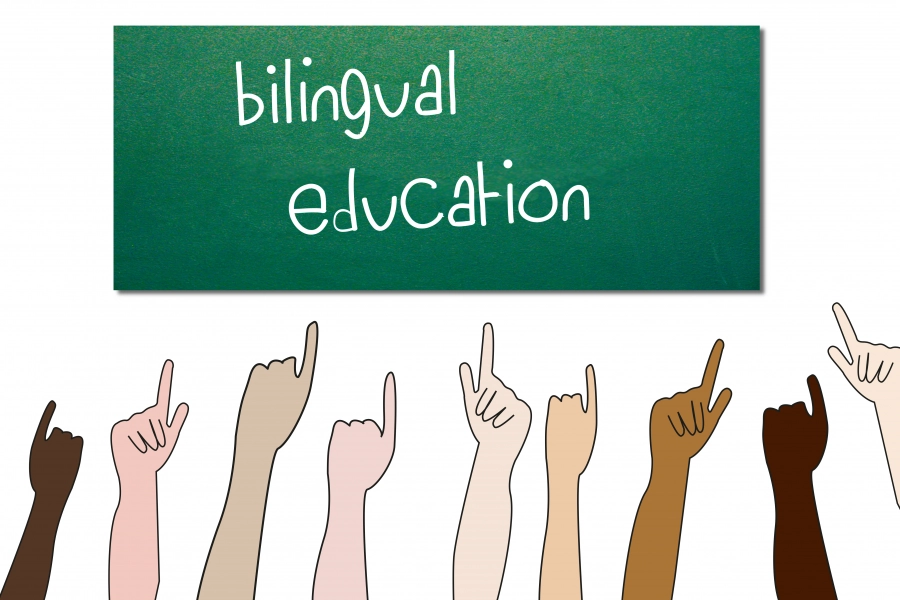


The rise of bilingual education in schools
The growing popularity of bilingual education reflects a global shift towards more inclusive and diverse teaching methods. This approach, often associated with high-quality and international perspectives, is increasingly sought after in French and international schools. By emphasizing bilingualism, schools aim to equip students with the language skills essential for navigating an interconnected world.
Advantages of Bilingual Education
Enhanced Linguistic and Cognitive Skills
Bilingual education offers numerous benefits beyond mere language acquisition. Research indicates that students in bilingual programs develop superior cognitive abilities, including enhanced problem-solving and critical thinking skills. Learning in two languages also fosters creativity and mental flexibility, preparing students to excel in a globalized environment where cross-cultural communication and intercultural thinking are crucial.
Sociocultural Impacts of Bilingual Education
Shaping Global Citizens
Bilingual education plays a significant role in developing global citizens. By exposing students to diverse cultures from an early age, these programs cultivate a global perspective and cultural tolerance. This early exposure helps students become responsible and informed members of an increasingly interconnected society.
Innovative Approaches in Bilingual Education
Modern Teaching Methods
Bilingual private schools are leading the way in language education by adopting innovative pedagogical approaches. These methods aim to enhance language acquisition and prepare students for a globalized future. Key strategies include:
Total Immersion: Students are immersed in the target language throughout their school experience, facilitating quicker and more profound learning.
Learning Through Play: Engaging activities such as role-playing, songs, and games make language learning enjoyable and effective.
Educational Technology: Tools like language learning software and mobile apps provide personalized and interactive learning experiences. Platforms like Google for Education enhance accessibility and foster communication between students and teachers.
Additional Strategies
Small Class Sizes: Smaller classes offer a collaborative environment where students receive more individualized attention.
Cultural Integration: Schools incorporate cultural activities related to the languages taught, promoting deeper cultural understanding.
Continuous Assessment: Schools use ongoing assessments to monitor student progress and offer regular feedback, rather than relying solely on final exams.
Conclusion
Bilingual private schools are at the forefront of preparing students for a multilingual and interconnected world. Through innovative teaching methods such as language immersion, interactive learning, and the use of educational technology, these schools are shaping a new generation of globally-minded individuals. The expansion of bilingual education reflects a positive shift in educational priorities, emphasizing the importance of language proficiency and cultural competence.


